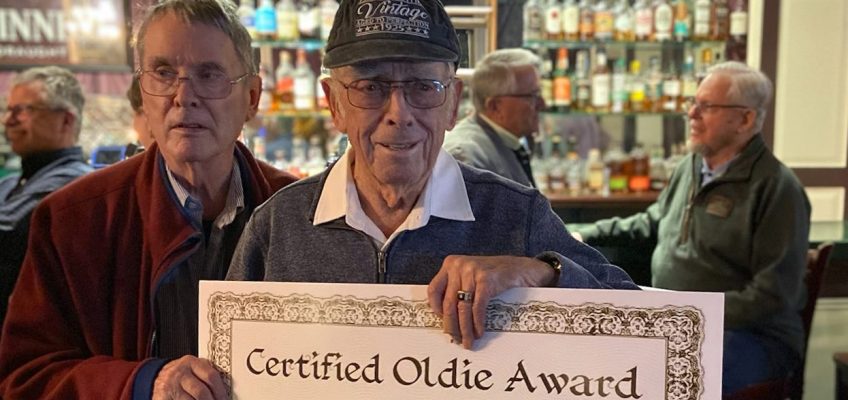Daylight saving time begins this weekend, and while most folks love it with the late sunsets, hardcore stargazers like myself aren’t crazy about it because we have to stay up later to begin our stargazing adventures. We’re in the minority, though. During this first week of daylight saving time, we can look forward to a very late night total lunar eclipse or, as they’re popularly known, a blood moon. Just after midnight early Friday, March 14, the moon cuts across part of Earth’s ruddy shadow.
Let’s hope and pray for clear skies because it’s a great spectacle, especially during the nearly an hour of totality this time. Unlike a total solar eclipse you don’t need any special equipment to take in the show. You don’t need dark welder’s glass or to project the image of the eclipse through a pinhole. It’s perfectly safe to stare directly at lunar eclipses for as long as you want with your naked eyes. You can even use a telescope. A word of caution though: Staring at any full moon can bring about a little madness in some people! Lunar eclipses are also great because they can be seen anywhere in the world where the full moon is visible during the time of the eclipse.
(Mike Lynch)
As you can see in the diagram, lunar eclipses occur when the moon, in its monthly orbit around our Earth, passes through the shadow produced by our planet. This can only happen when the moon is full. Normally, with full moons, the side of the moon facing the Earth is in full sunshine, but during a lunar eclipse, the moon slips into Earth’s shadow. This doesn’t happen every time there’s a full moon though, because the moon’s orbit around the Earth is inclined by five degrees to the Earth’s orbit around the sun. Most months the full moon misses the 6,000-mile wide shadow, known as the umbra, but not this coming Friday morning.
The great lunar cover-up gets started at 12:09 a.m. when the moon makes its first contact with the umbra shadow in the high southeast sky. You’ll start to notice the lower left side of the moon begin to darken. The partial eclipse is on as the moon sinks deeper into the umbra. By 1:26 a.m., the moon’s disk will be completely swallowed in the umbra shadow and stays in there until 2:31 a.m. After that, the moon commences its slow exit from the umbra and is completely free from the shadow by 3:47 a.m. and the eclipse officially ends. You’ll have a chance to take that power nap before you have to go to school or work. Better yet, plan to take Friday off and make a long weekend of it!
The moon doesn’t totally black out during lunar eclipses because the Earth’s umbra shadow is not totally dark. Strained sunlight finds its way to the moon through the shell of the atmosphere that covers our Earth. Most of the blue and yellow components of the sun’s light are scattered by Earth’s atmosphere, leaving only a reddish glow sent in the direction of the moon. This same effect causes reddish-orange sunrises and sunsets and has the same effect on moonrises and moonsets.
Since the moon isn’t going quite through the center of the earth’s umbra during this eclipse but is closer to the upper edge of the shadow, the totally eclipsed moon will have a definite color gradient. The moon will be much redder on its southern side because it’s closer to the center of the umbra. The northern reaches of the moon will be much lighter since it’s closer to the edge of the umbra.
You can try photographing the blood moon with your smartphone, but honestly, it won’t be much of a view, even if you zoom in on it. But what you can do is use a telescope. Hold the lens of the smartphone up to the eyepiece of a telescope. That can be tricky, though, to get your phone in just the right spot behind the eyepiece. You want to make sure you’re using a wide-aperture, low-magnification eyepiece. A DSLR camera with a telephoto lens is your best bet. Good luck!
Mike Lynch is an amateur astronomer and retired broadcast meteorologist for WCCO Radio in Minneapolis/St. Paul. He is the author of “Stars: a Month by Month Tour of the Constellations,” published by Adventure Publications and available at bookstores and adventurepublications.net. Mike is available for private star parties. You can contact him at mikewlynch@comcast.net.
Related Articles
Skywatch: Grand finale for great winter constellations
Skywatch: Absolute perfection
Skywatch: A stellar baby factory
Skywatch: Valentine sky 2025
Skywatch: Sensational stargazing in February



